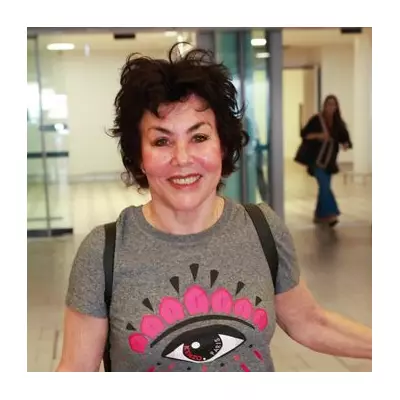
New Blood Test Sparks Hope for Early Cancer Detection
A groundbreaking blood test has generated significant optimism in the ongoing battle against cancer. Researchers suggest the Galleri test could eventually transform routine screening programmes by identifying cancers at an earlier, more treatable stage. Developed by the US company Grail, this innovative test is currently undergoing trials within the NHS, with early results being labelled as 'exciting' by the scientific community.
Understanding the Numbers: Accuracy and Limitations
The test's developer claims it can detect signals from 50 different types of cancer. In trials, it correctly identified the disease in 62% of individuals who received a positive result, a metric known as the positive predictive value (PPV). This answers a critical question for patients: if the test is positive, there is a 62% chance cancer is present. Conversely, this also means that 38% of positive results were false alarms, potentially causing unnecessary anxiety and further medical investigations.
Where the test appears exceptionally strong is in its specificity—its ability to rule out cancer correctly. It achieved a 99.6% success rate in giving a negative result to people who were disease-free. However, even this impressive figure has implications at a population level. If offered to everyone over 50 in the UK (over 26 million people), this rate would still produce over 100,000 false positives.
The Crucial Metric That's Been Overlooked
One of the most critical measures of a screening test is its sensitivity—how well it finds cancer when it is present. This is where the Galleri test shows a significant shortfall in its current form. Its sensitivity was reported at 40.4%, meaning it missed approximately three in every five cancers that were diagnosed in the year following the test.
This low sensitivity raises a serious concern: patients could be falsely reassured by a negative result, potentially delaying a crucial diagnosis. The data comes from the Pathfinder 2 trial, which involved 23,161 people aged over 50 from the US and Canada who had no prior cancer diagnosis. Of the 216 participants who tested positive, 133 were later confirmed to have cancer.
Statisticians caution that these performance figures are estimates from a controlled trial and may not translate directly to real-world use, where accuracy could be lower. Furthermore, the test carries a substantial price tag of $949 (approximately £723), and there is not yet any evidence that its widespread use would actually reduce cancer death rates.
A Step Forward, But Not a Silver Bullet
So, what is the future for the Galleri test? It may well become a valuable tool in future cancer screening programmes, provided that both doctors and patients understand that a negative result is not a definitive all-clear. The early data is undoubtedly encouraging and represents a significant technological advance. However, experts suggest that the excitement should be tempered. While the Galleri test is a promising step in the right direction, it is not, in its current form, a complete solution to the complex challenge of early cancer detection.





